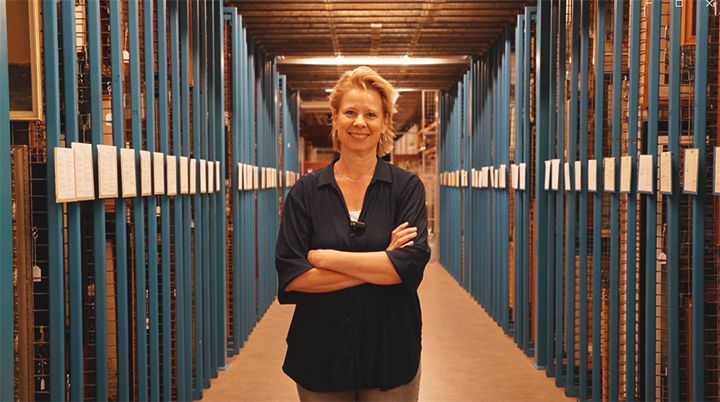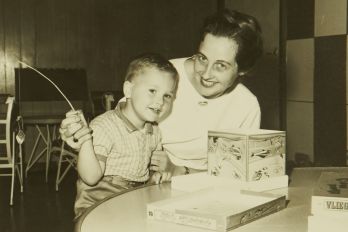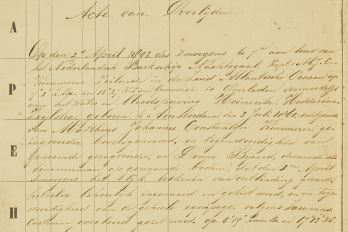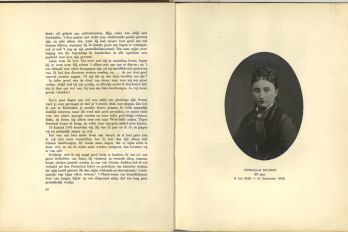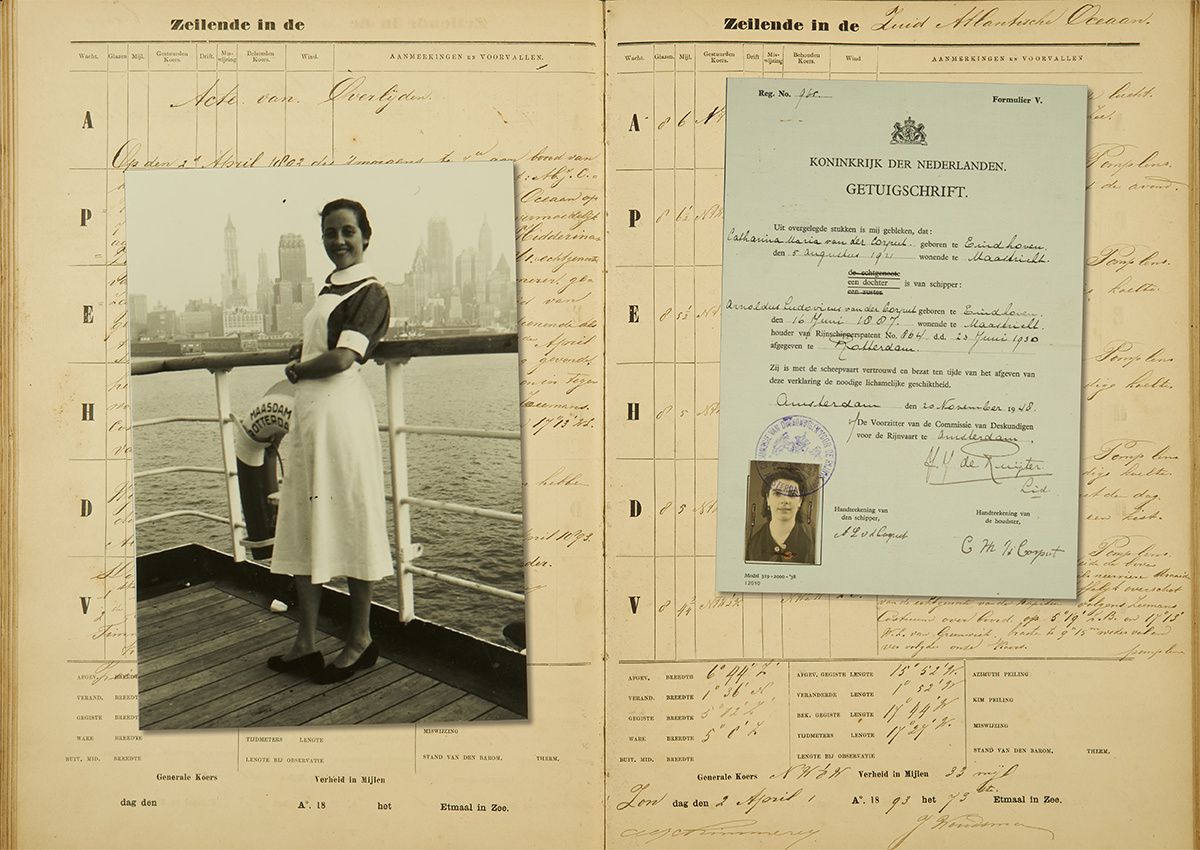
Results of research into maritime women
The study carried out by our curator Irene Jacobs with financial support from the Dutch Research Council (NWO) focused on the maritime women who can be found in the museum’s collection. These were women operating in the maritime world, in ocean and inland navigation, the fishing industry or shipbuilding.
The objects were the property of maritime women or images of them, or relate to them in some other way. The objective – to study the presence, role and significance of those women – was achieved, with very satisfactory results. Many of the results can be seen in the exhibition on Maritime Women, which opens in the Maritime Museum in October 2025. The research project has also acted as a stimulus to collect objects relating to maritime women more proactively in future and to record more detailed descriptions of those objects. This new knowledge lets us give a more realistic picture of women in maritime history.
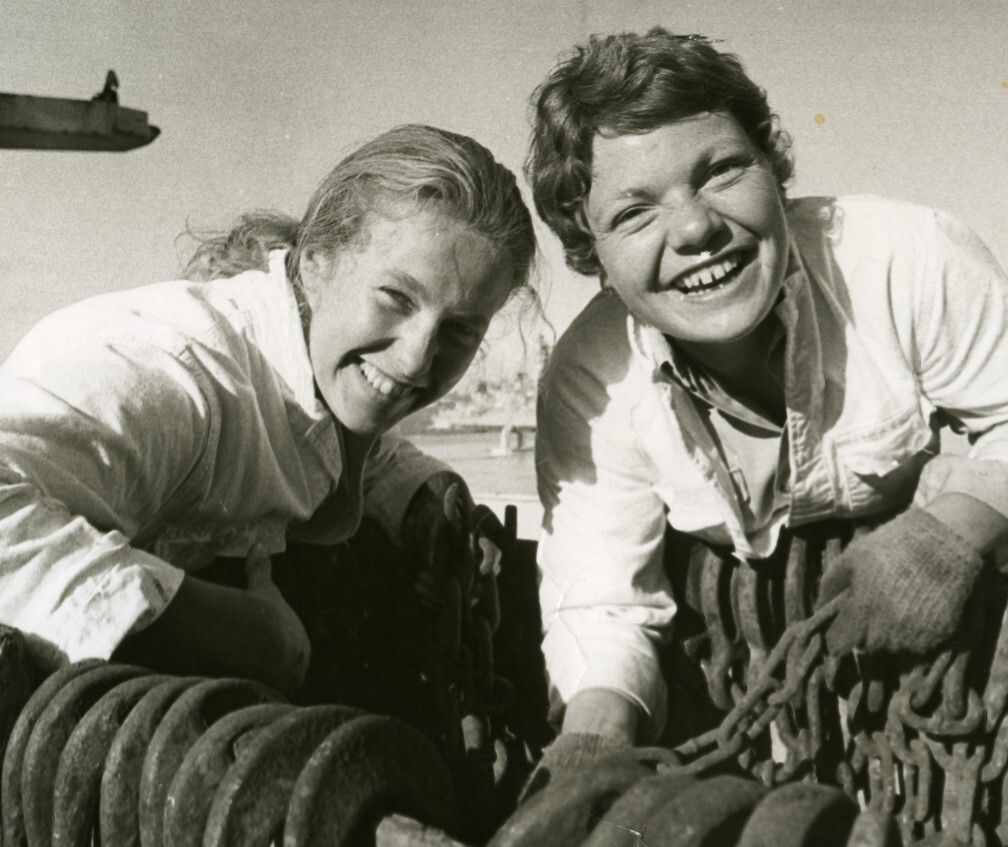
Maritime women in the collection
Relatively little research has been done on women in history in general, and maritime history in particular, so Jacobs first delved into the museum’s collection to see what evidence she could find of them. Fortunately, that was quite a lot!
We found painted portraits or photos, for example, sailors’ papers or certificates, and mentions in the archive documents of around 280 women active in the maritime world for whom we have names.
Thirty were selected for more detailed research, asking questions such as when did they live, what sector were they active in, what work did they do, how big was their business and how many ships did they own. This information was used to write biographies – varying in length, but always fascinating. The research encompassed not just women working in the sector but also several wives of seafaring men, because they too played larger and more prominent roles that had been assumed previously.
Dive into four fantastic stories:
Discover the stories of Catharina Maria van der Corput, Maria Wilhelmina Johanna Soulier, Heinerika Hidderina Zeijlstra and Cornelia Schmid.
Not representative
The Maritime Museum’s collection cannot be seen as representative of the roles and presence of women in general in maritime history, but it does give a useful indication. What does the collection show?
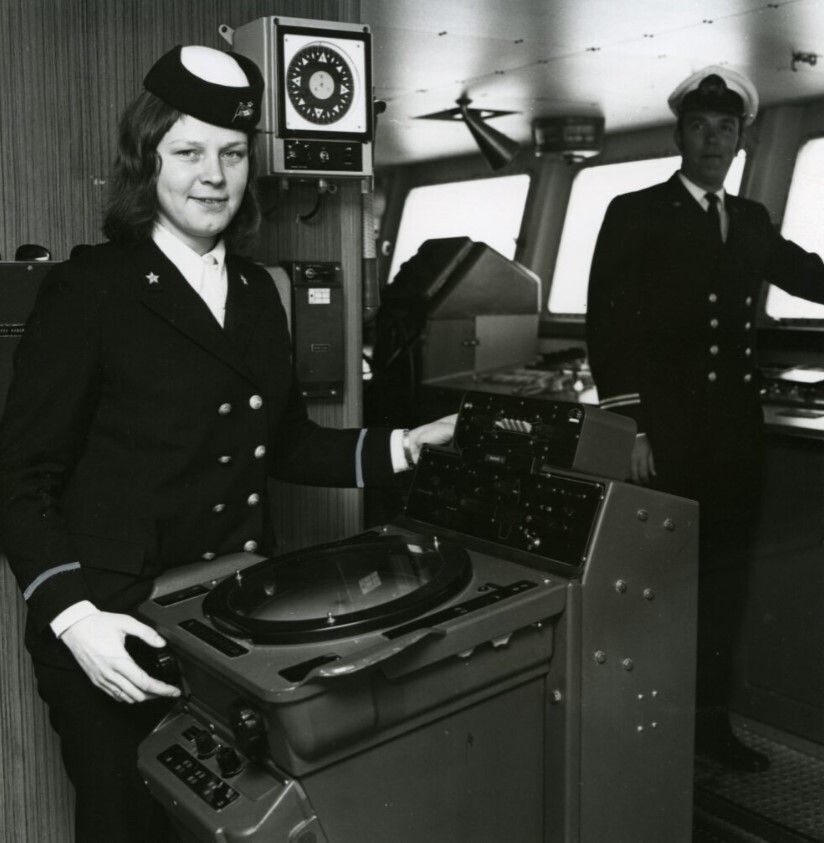
Women worked on board ships (on the oceans, on coastal routes and inland waterways and on warships), in shipbuilding, as suppliers (producing compasses, maps and flags, for example), in the fisheries and in ports. They also owned shipyards, ships and shipping companies. In fact, they were doing all this as far back as the sixteenth century!
Women were to be found on board ships, as active crew members or in other capacities. They worked at sea, not only in ‘serving’ (civilian) positions but also on warships.
An example from the seventeenth century is Willemtje Gerrits (disguised as a man because women were not allowed to be sailors). She was an artillery master’s mate on board the Maarsseveen, and fought in the Second Anglo-Dutch War. She survived when the ship sank during the Battle of Lowestoft on 13 June 1665.
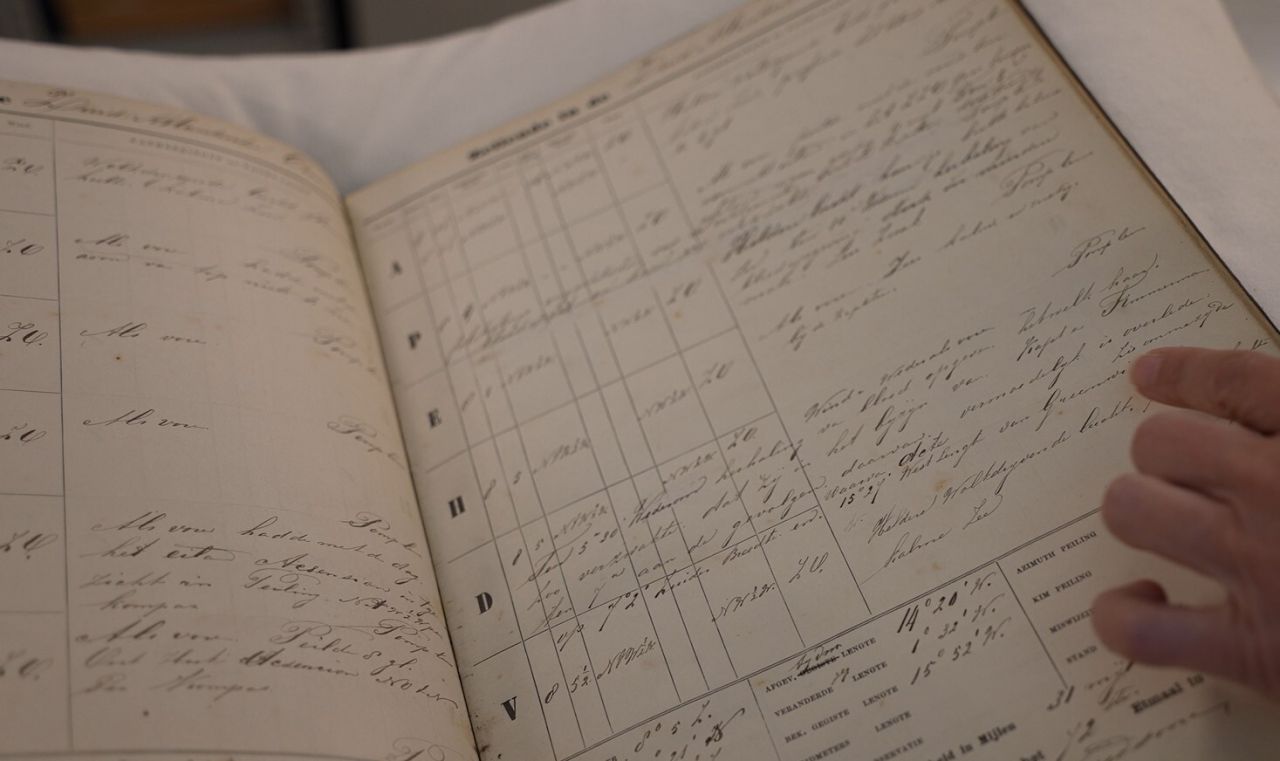
Investigating the collection
The investigations into the collection showed that women played a much more active role in inland navigation than has often been stated.
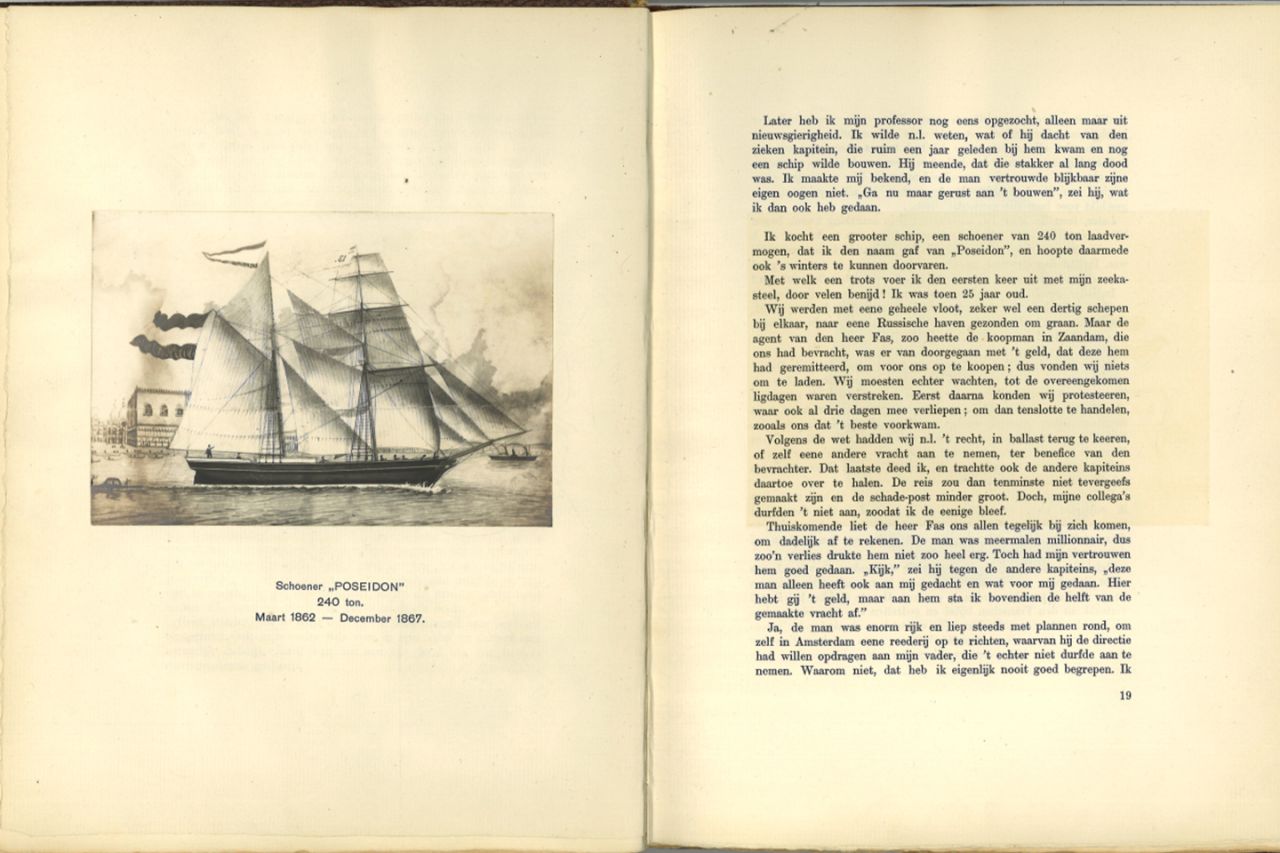
It was not just men who owned boats on the inland waterways; women did too. Married women often operated the boats together with their husbands. This was similar to the practice in many other family businesses, such as farms.
A third sector that employed a lot of women was marine navigation, in particular passenger transport. From the end of the nineteenth century until deep in the twentieth, women largely worked in non-maritime shipboard roles, as nurses, nannies or stewardesses.
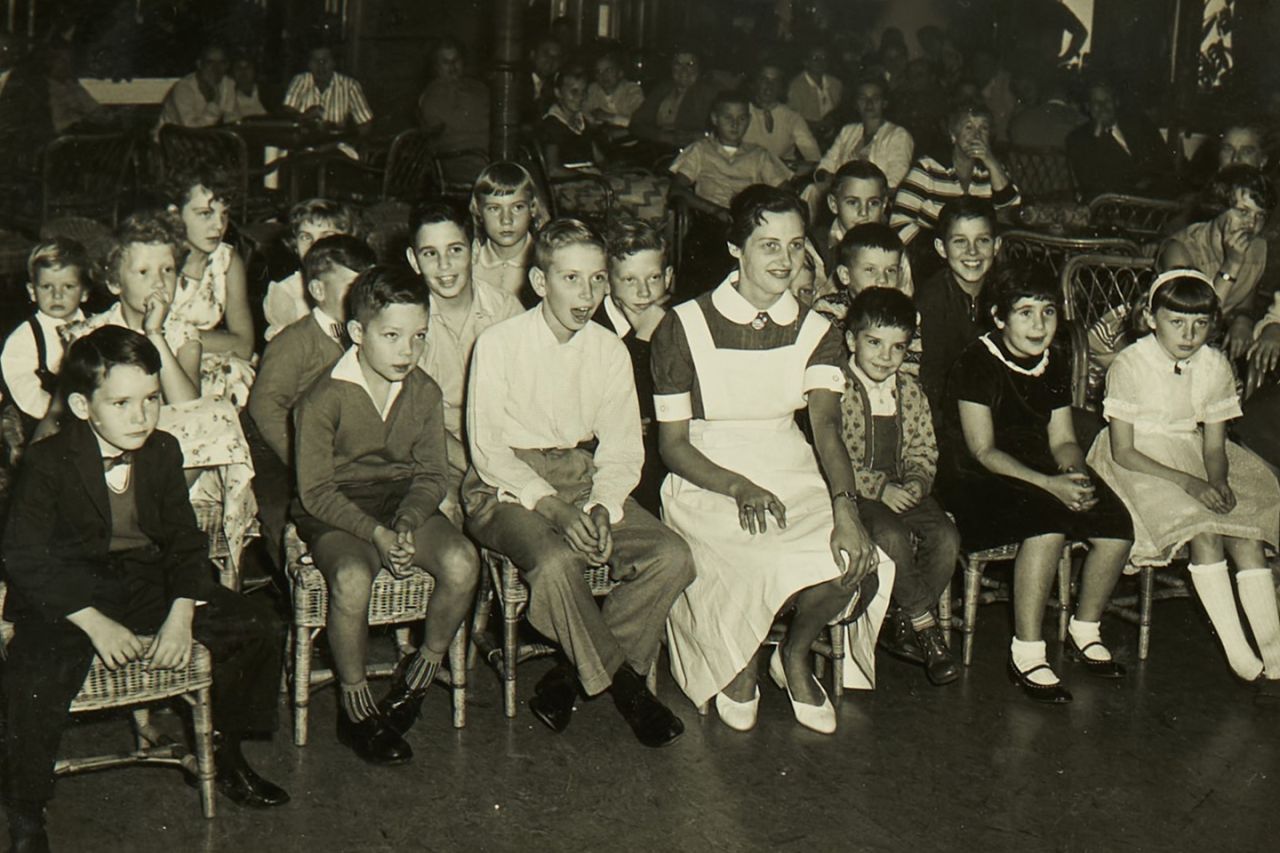
A surprising finding was the number of women working in shipbuilding, in particular as the owner or director of a shipyard. There were one or more ‘female shipwrights’ (as they were called) in every century from the sixteenth through to the present day!
